Description of the recommended flavor of hand-flushing temperature, grinding degree and powder-water ratio of the Heart of Africa in Burundi
For professional baristas, please follow the coffee workshop (Wechat official account cafe_style)
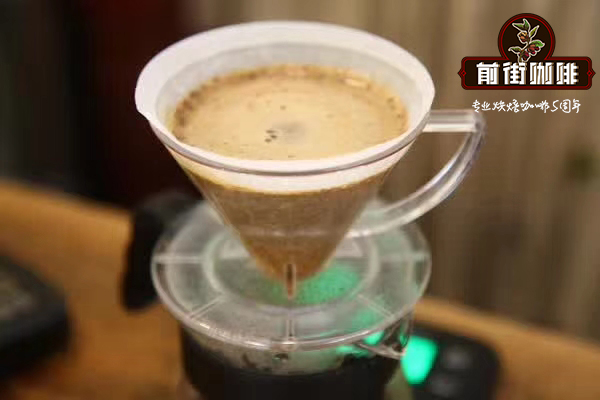
Many people in Burundi have never heard of it, but as Qianjie, as a bean hunter, will pay attention to the coffee producing areas around the world, and even small producing areas will have good quality coffee, which is the Burundian coffee we are going to talk about today. Most of the coffee in Burundi is grown by small farmers, using traditional washing treatment, coffee cherries are shelled and put directly into the sink to soak, wash and ferment, and then placed on the scaffolding to dry in the sun until finished. The treated coffee beans are almost flawless, and the size and water content of the coffee beans are quite equal.
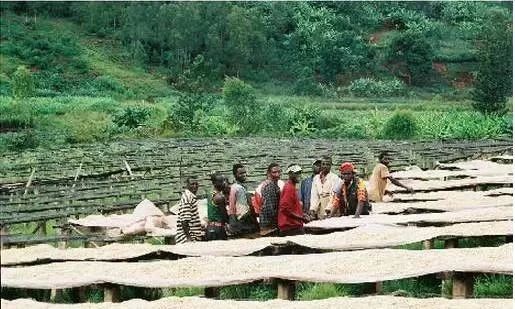
Burundi is located south of the equator in east-central Africa. It is bordered by Rwanda to the north, Tanzania to the east and south, Congo (Kinshasa) to the west, and Lake Tanganyika to the southwest. There are many plateaus and mountains in the territory, most of which are composed of the plateau on the east side of the East African Rift Valley, with an average elevation of 1600 meters above sea level, which is known as the "mountain country". The capital is Bujumbura. The lakeside and river valleys in the west and the savanna climate in the east; the tropical mountain climate in the central and western regions. The annual average temperature is 20-24 ℃, which is as high as 33 ℃. The heavy rainy season is from March to May, the light rainy season is from October to December, and the other months are dry season.
Coffee has been grown in Burundi since 1930, and the varieties are mostly bourbon varieties like neighboring Rwanda. Coffee grows on mountains ranging from 1750 to 2000 meters above sea level. The first Burundian Arabica coffee tree was introduced from Belgium in the 1930s. Today, more than 800000 of Burundian families depend on coffee cultivation for their livelihood, mostly belonging to small-scale coffee plantations, planted at intervals from other crops, artificial planting, without mechanization equipment. Most of the varieties of coffee trees are Bourbon and Jackson and Mibirigy, which belong to the Bourbon system, and the treatment methods are water washing and semi-washing.
Reuters producing area
The coffee production pattern of Bloomberg is similar to that of Ethiopia, which is mainly produced by small farmers, and the ripe berries harvested separately are sent to the treatment plant for unified treatment. The producing area of Reuters Town is a cooperative organized by family-like small coffee farmers. There are 539 small coffee farmers' families, of which 148 are women. On average, each family grows 10,200 coffee trees (at least 1000 coffee trees per hectare). It can be seen that its annual income is weak, and it is also a typical poor small coffee farmer family.
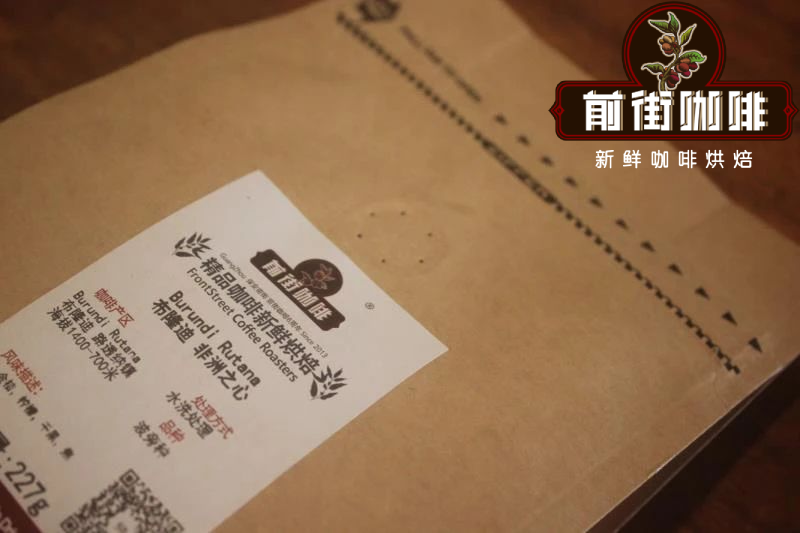
Former Street Coffee Burundian Heart of Africa washing as an example
Producing area: Luthona town
Variety: Bourbon
Altitude: 1400 m to 1700 m
Grade: AA
Treatment: washing
Qianjie coffee brewing parameters | Coffee powder quantity: 15g ratio: 1:15 grindness: BG#6S water temperature: 91 ℃ filter cup: V60 filter cup
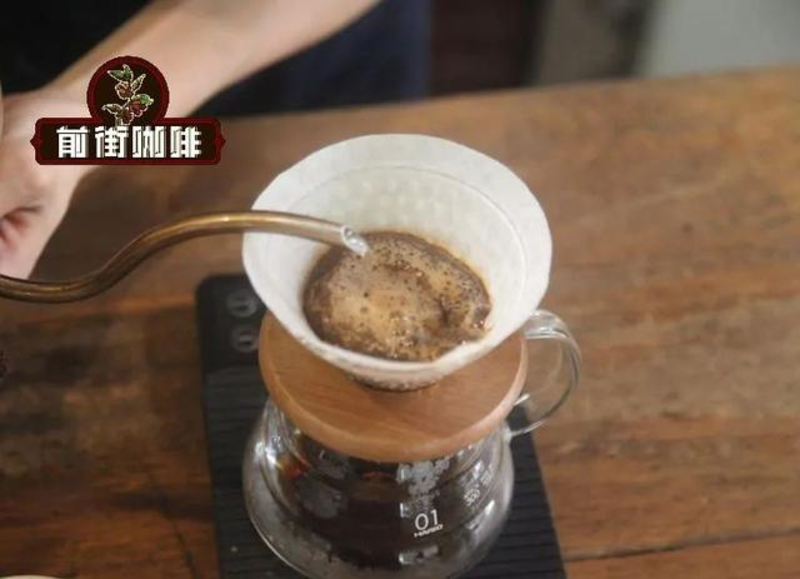
Qianjie coffee brewing method: hand to Burundian Heart of Africa. 15g powder, medium fineness grinding (sugar size), v60 filter cup, 90 degrees water temperature, 30g water injection for the first time, steaming for 30 seconds, water injection to 105g water cut off, wait for the powder bed water to reach half, then water injection, slow and uniform water injection until 225g water, finally shake the filter cup to increase the extraction, the ratio of water to powder is 1:15, and the extraction time is 2:04.
Flavor features: honey, kumquat, violet, light acidity, smooth taste, saturated aroma, rich and long-lasting finish
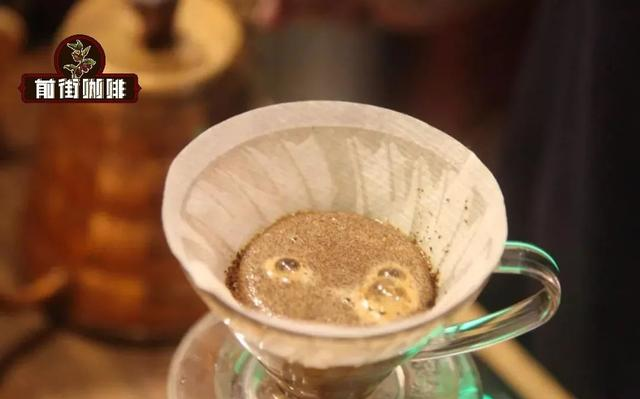
Important Notice :
前街咖啡 FrontStreet Coffee has moved to new addredd:
FrontStreet Coffee Address: 315,Donghua East Road,GuangZhou
Tel:020 38364473
- Prev
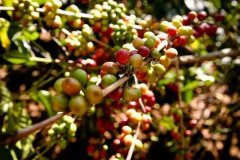
El Salvador Coffee Price El COE Coffee Manor-Biro Manor Coffee introduction
For the exchange of professional baristas, please follow the coffee workshop (Wechat official account cafe_style) in 2017, Biro Manor in El Salvador won the sixth place in the 2014 National Competition! El Salvador's Biro Manor, which arrived in 2017, is located near the Las Ranas volcano in the volcanic region of Santa Ana. It has been taken over by the fifth generation and is currently focused on growing bourbon plants. In meticulous
- Next
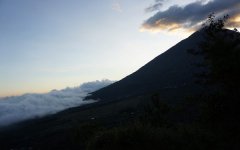
El Spa Coffee Flavor El Coffee Manor Warrior Manor Coffee Rating
Professional barista communication please pay attention to coffee workshop (Weixin Official Accounts cafe_style) Warrior Manor SAN CARLOS SHG(Rainforest Alliance Certified Tropical Rainforest Manor) in Wikipedia to Carlos refers to the strong and mighty warrior I read very much like and agree, this is the COE Manor beans launched this year 2011 COE just released. C
Related
- Detailed explanation of Jadeite planting Land in Panamanian Jadeite Manor introduction to the grading system of Jadeite competitive bidding, Red bid, Green bid and Rose Summer
- Story of Coffee planting in Brenka region of Costa Rica Stonehenge Manor anaerobic heavy honey treatment of flavor mouth
- What's on the barrel of Blue Mountain Coffee beans?
- Can American coffee also pull flowers? How to use hot American style to pull out a good-looking pattern?
- Can you make a cold extract with coffee beans? What is the right proportion for cold-extracted coffee formula?
- Indonesian PWN Gold Mandrine Coffee Origin Features Flavor How to Chong? Mandolin coffee is American.
- A brief introduction to the flavor characteristics of Brazilian yellow bourbon coffee beans
- What is the effect of different water quality on the flavor of cold-extracted coffee? What kind of water is best for brewing coffee?
- Why do you think of Rose Summer whenever you mention Panamanian coffee?
- Introduction to the characteristics of authentic blue mountain coffee bean producing areas? What is the CIB Coffee Authority in Jamaica?

